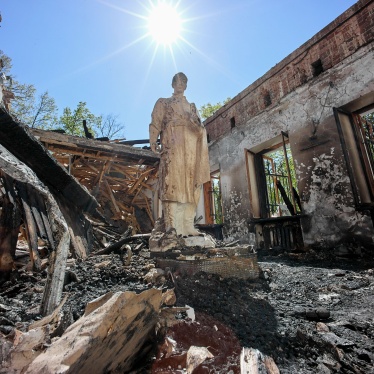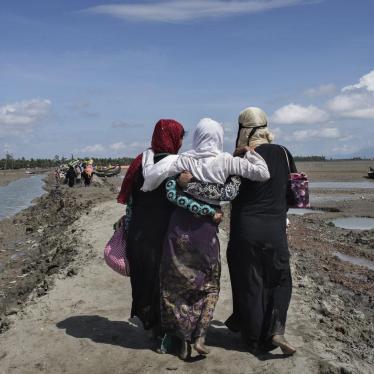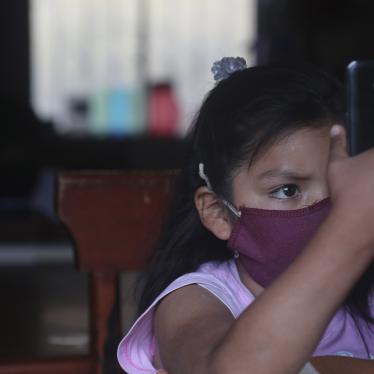Mr. President,
Stockpile destruction is undoubtedly one of the great success stories of the Mine Ban Treaty. Under the Mine Ban Treaty, a total of 93 States Parties have collectively destroyed more than 55 million antipersonnel landmines from their stocks, including more than 1.4 million mines during 2018.
Currently, just three States Parties have stockpiled antipersonnel mines to destroy. Sri Lanka has committed to destroy its 78,000 stockpiled mines by the end of 2020, while Greece (with 643,000 mines) and Ukraine (with 3.5 million mines) remain in violation of Article 4 after repeatedly failing to complete stockpile destruction by their respective deadlines.
We appreciate the update provided by Greece today and its transparency, but are concerned to learn about the “temporary pause” in the stockpile destruction process. But we are astonished not to hear from Ukraine today. Where is Ukraine? Why is it not here at the Review Conference to explain what it is doing to destroy its stockpiled antipersonnel mines?
As HRH Prince Mired has reminded us, Landmine Monitor estimates that as many as 30 of the 33 states not party to the Mine Ban Treaty stockpile a collective total of approximately 50 million mines today. This provides added impetus for us all to encourage the states to join the Mine Ban Treaty.
Non-state armed groups do not appear to be able to obtain significant numbers of factory-made antipersonnel mines now that production and transfers have largely halted under the Mine Ban Treaty. However, Landmine Monitor has identified several groups in Afghanistan, Iraq, Libya, Myanmar, Nigeria, Pakistan, Syria, Ukraine, and Yemen that possess antipersonnel mines, mostly improvised from locally-available components. Use of these improvised antipersonnel mines in recent years has led to a sharp increase in the number of mine casualties globally.
But it’s not all bad news. The Polisario Front in Western Sahara this year completed the destruction of more than 20,000 antipersonnel mines, ending a process that has been underway since 2006.
Lastly, we wish to address an outstanding issue of concern for the International Campaign to Ban Landmines. A total of 71 States Parties have retained antipersonnel mines for training and research in detection and clearance techniques. Leading this list are Bangladesh, Finland, and Sri Lanka, which between them collectively possess nearly 50,000 retained antipersonnel mines.
We commend Botswana, Thailand and Chile for their decisions this year to destroy the stockpiled antipersonnel mines that were originally retained for research and training. They show us how it is not essential to use live mines for these purposes. And thank you to Indonesia for submitting the transparency report for the Mine Ban Treaty, detailing the status of the mines retained for training. We encourage all states with overdue transparency reports to turn them in, especially those who are retaining mines for research and training purposes.
Cyprus, Nigeria, Senegal, and a few other states parties with mines retained under Article 3 have never used any for the permitted purposes and are, in effect, violating the nature of this exception, as they essentially are stockpiling the mines. States Parties should treat this as a compliance issue, including the involvement of the Committee on Cooperative Compliance.







